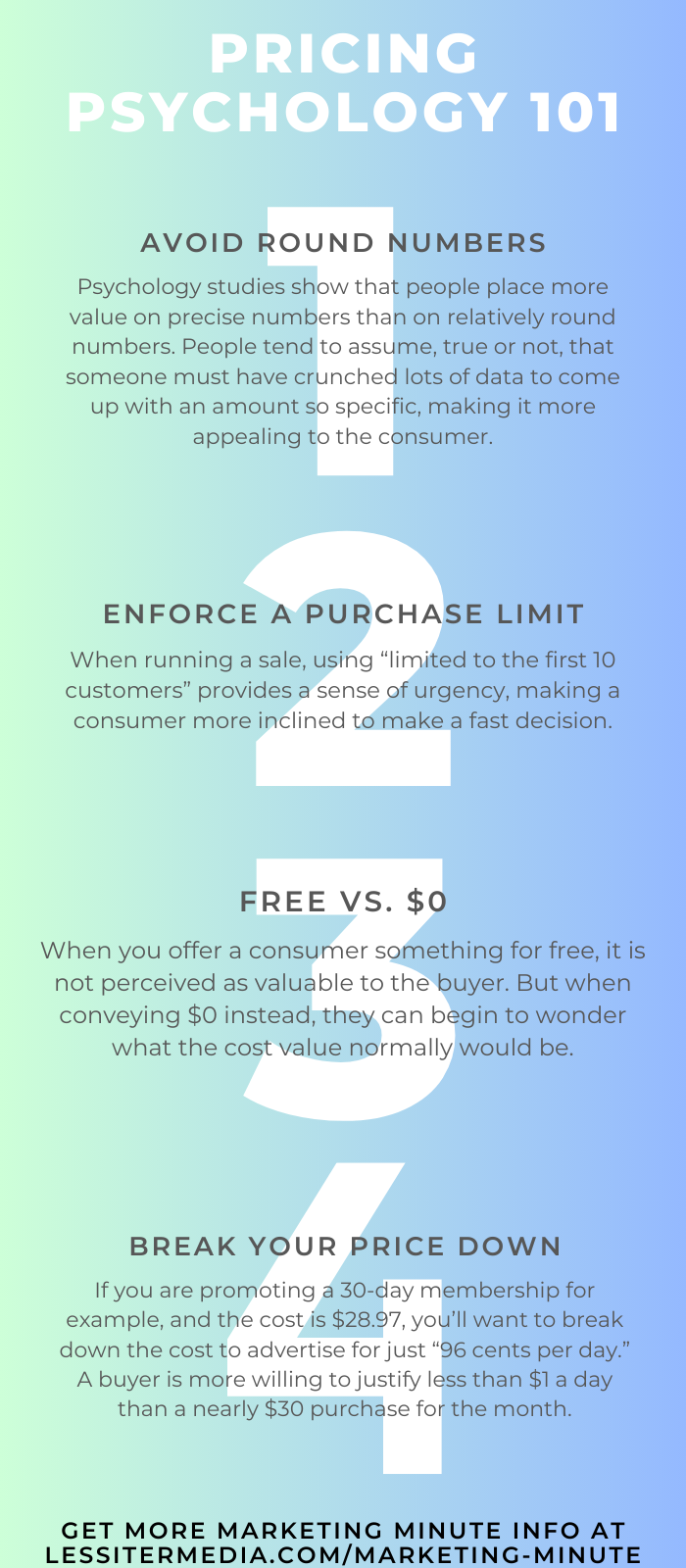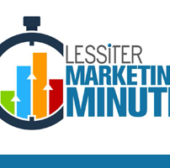
By Kayla Waukau
Marketing Coordinator, Lessiter Media
kwaukau@lessitermedia.com
While checking out at Goodwill last week, the cashier kindly asked if I would like to round up my $5.28 purchase to support their mission. Thinking it would be convenient to pay with cash and avoid dealing with loose change, I agreed to round up my total to $6.00. However, when I visited Jersey Mike’s later that week and was asked to donate $1.00 to a certain charity after ordering a sub, I politely declined with a "not today" and continued on my way.
Reflecting on these two scenarios, I wondered why I was willing to justify donating 72 cents to Goodwill but found $1.00 too much for the charity at Jersey Mike’s. It all boils down to pricing strategy. According to a HubSpot blog post, setting a precise price —like $26.85— can be more appealing to customers than a round number like $26.00, even though it's actually 85 cents cheaper.
Price evaluation involves numerous factors, and the psychology behind it can be intriguing. Explore my infographic below for insights into the key considerations when selecting your pricing structure! Want more pricing psychology tips? Check out this marketing minute!
Source: HubSpot




